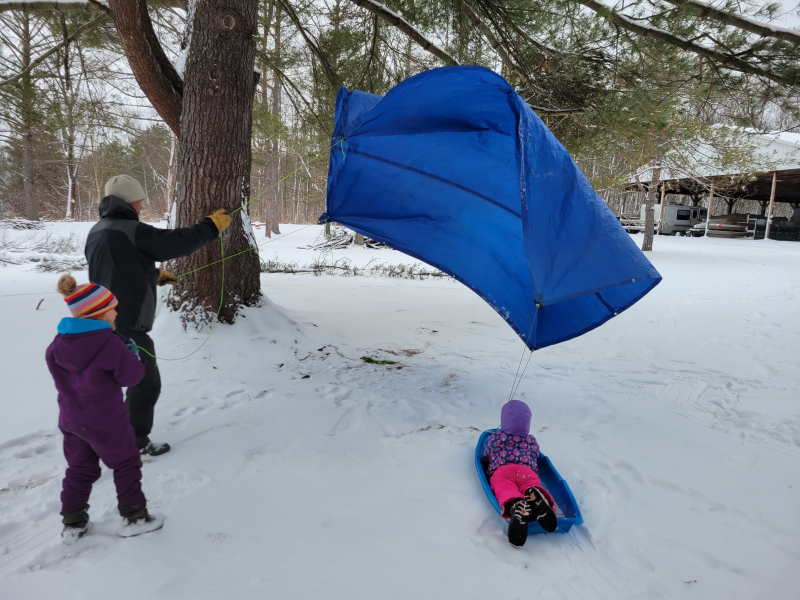

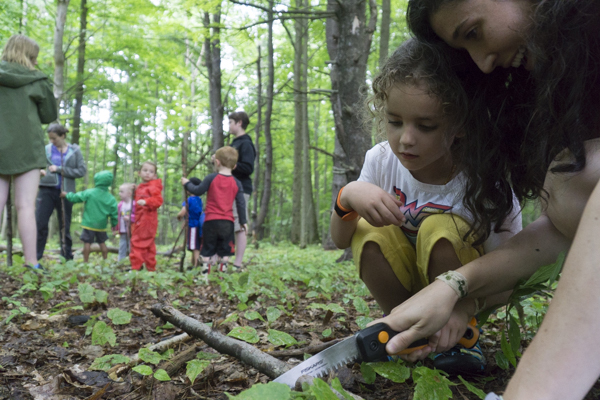
OPEN HOUSE & TOUR March 19th 10AM-Noon
Parents and Children are Invited to Join Ithaca Preschool instructor, Lyla White for an Open House and tour of Our Very Special All-Outdoor Preschool Program.
This is a great opportunity to ask questions and tour our outdoor preschool grounds. If bringing a child, please bring water and snacks and clothing appropriate for the weather. Questions? Please call our office at 607-272-2292.
When: Sunday, March 19th, 10am – noon
Where: Trillium Camp at 4-H Acres, 418 Lower Creek Rd, Ithaca, NY 14850
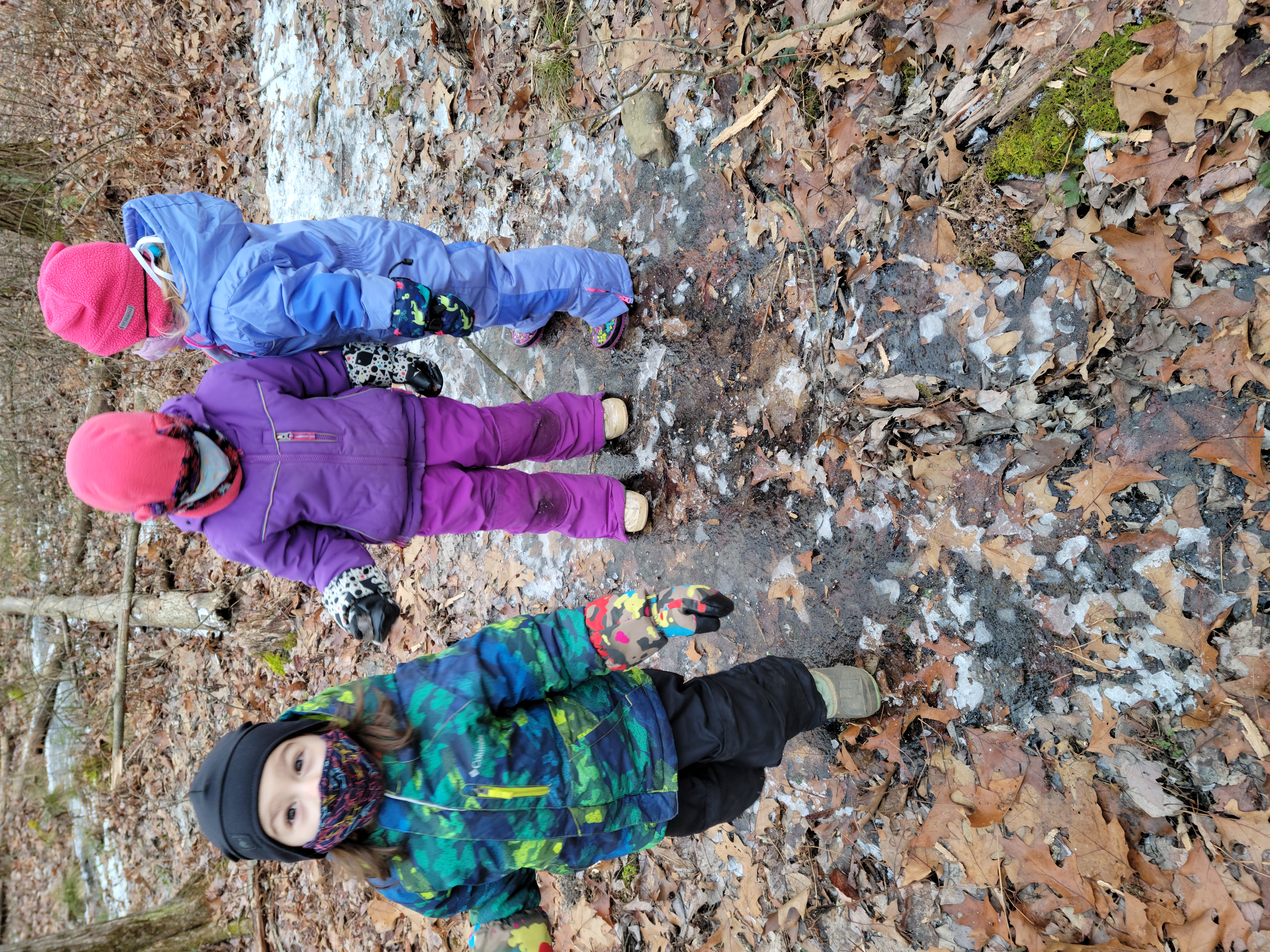
Now Enrolling for the 2022-23 School Year!
Enrollment is now open for the coming school year. To start your registration use the “start registration” button on the home page to fill out our enrollment form. Once we receive your form data we can be in touch with you to make sure this is a great fit for your family.
Please note that completion of this form does not guarantee a space in the program. Filling out the form indicates your interest in this program, enrollments will be processed separately through our Registrar!

New Post
Your content goes here. Edit or remove this text inline or in the module Content settings. You can also style every aspect of this content in the module Design settings and even apply custom CSS to this text in the module Advanced settings.
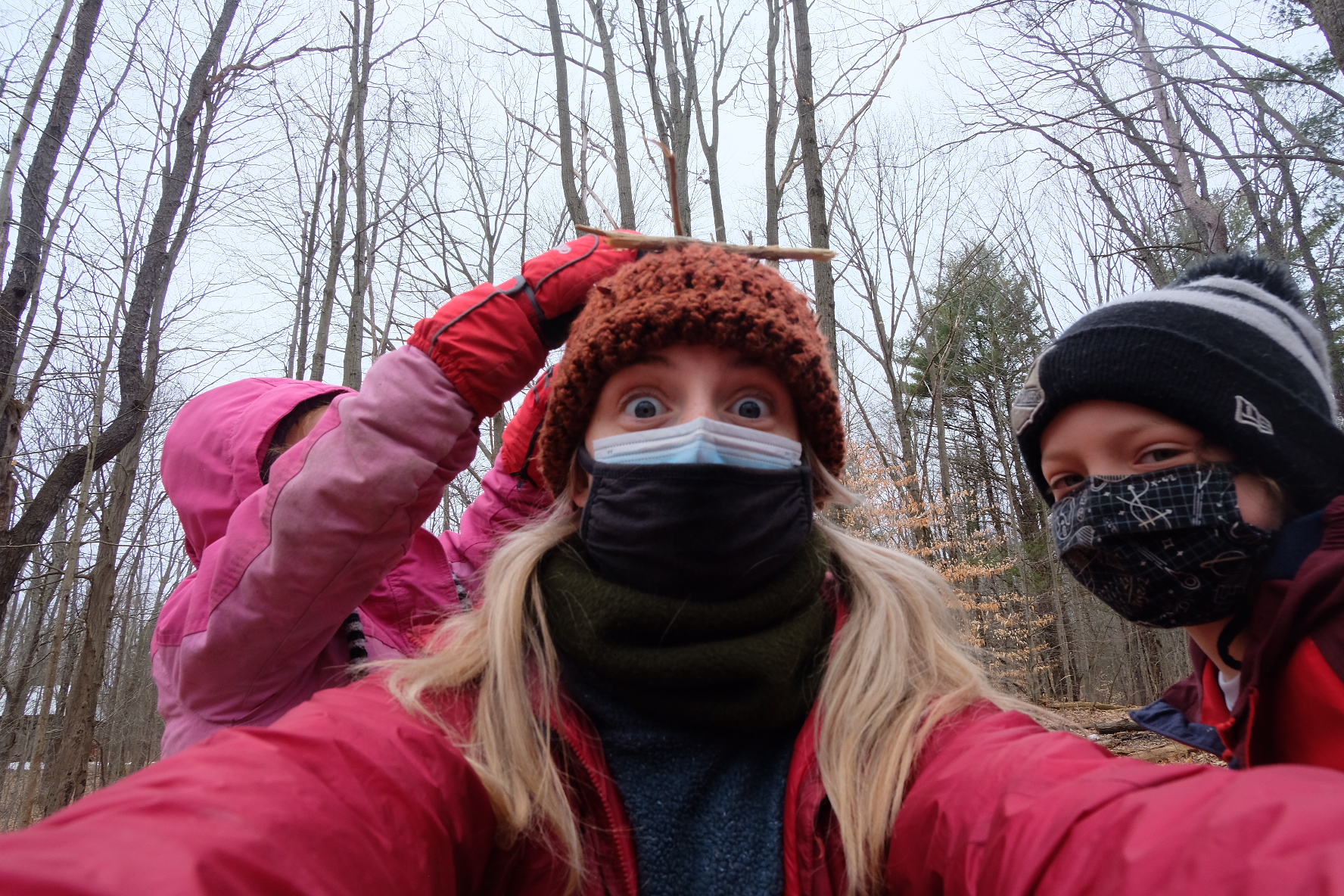
Your content goes here. Edit or remove this text inline or in the module Content settings. You can also style every aspect of this content in the module Design settings and even apply custom CSS to this text in the module Advanced settings.
Your content goes here. Edit or remove this text inline or in the module Content settings. You can also style every aspect of this content in the module Design settings and even apply custom CSS to this text in the module Advanced settings. Your content goes here. Edit or remove this text inline or in the module Content settings. You can also style every aspect of this content in the module Design settings and even apply custom CSS to this text in the module Advanced settings.Your content goes here. Edit or remove this text inline or in the module Content settings. You can also style every aspect of this content in the module Design settings and even apply custom CSS to this text in the module Advanced settings.
Your content goes here. Edit or remove this text inline or in the module Content settings. You can also style every aspect of this content in the module Design settings and even apply custom CSS to this text in the module Advanced settings. Your content goes here. Edit or remove this text inline or in the module Content settings. You can also style every aspect of this content in the module Design settings and even apply custom CSS to this text in the module Advanced settings.Your content goes here. Edit or remove this text inline or in the module Content settings. You can also style every aspect of this content in the module Design settings and even apply custom CSS to this text in the module Advanced settings.
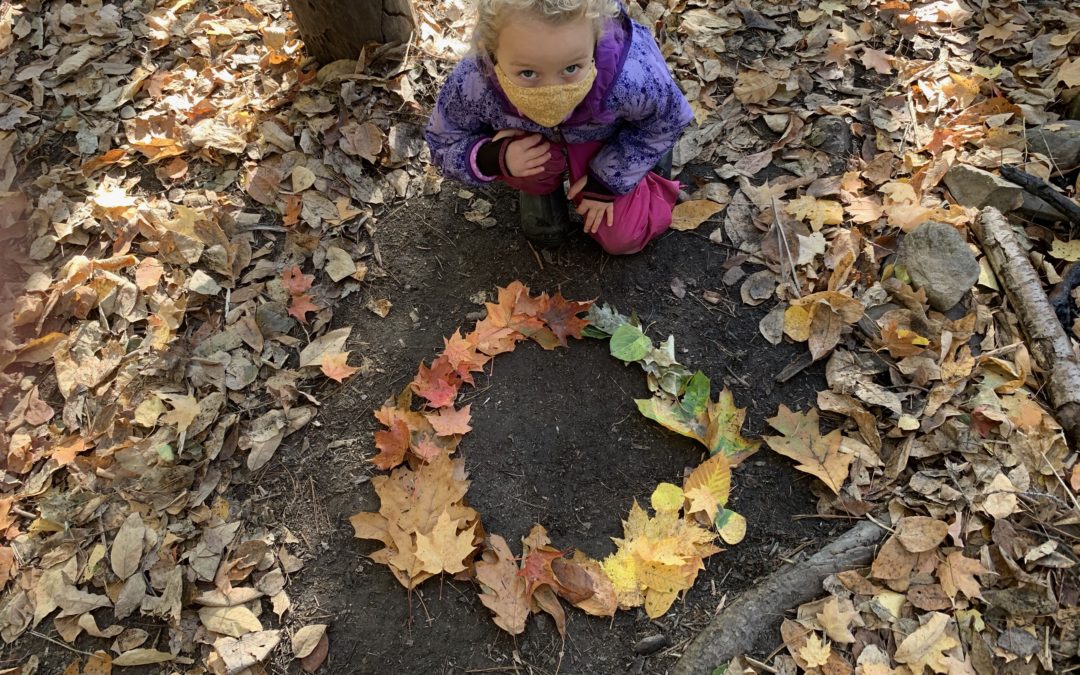
Weeks 4-6 with the Nuthatches!
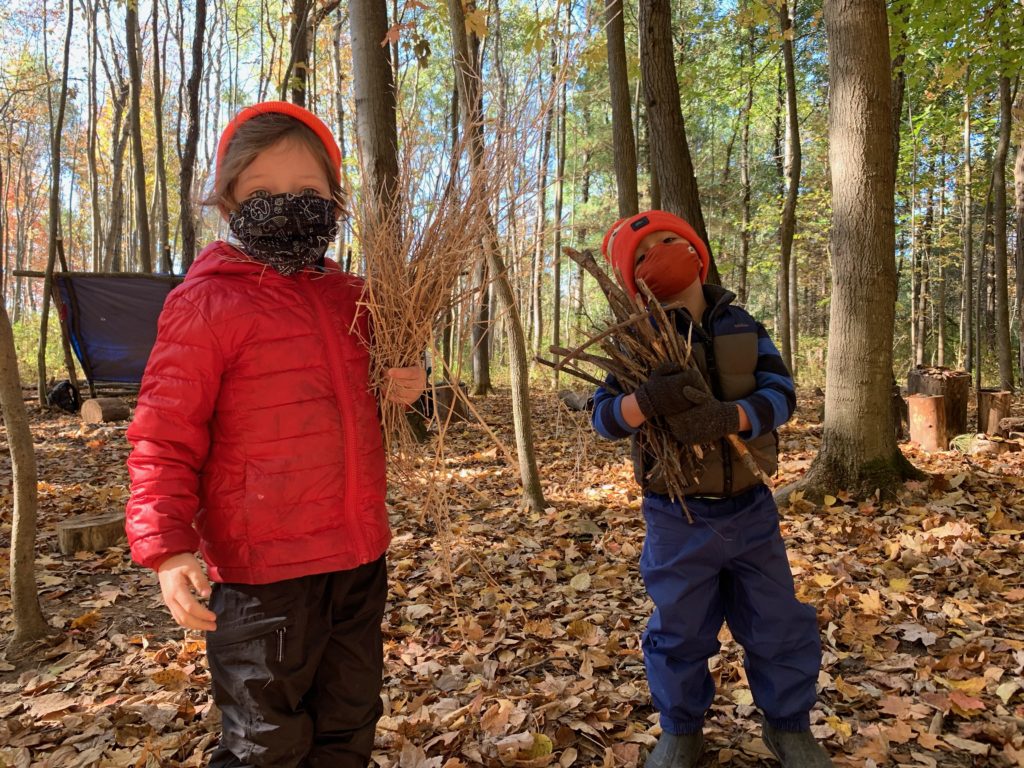
Friends collecting firewood.
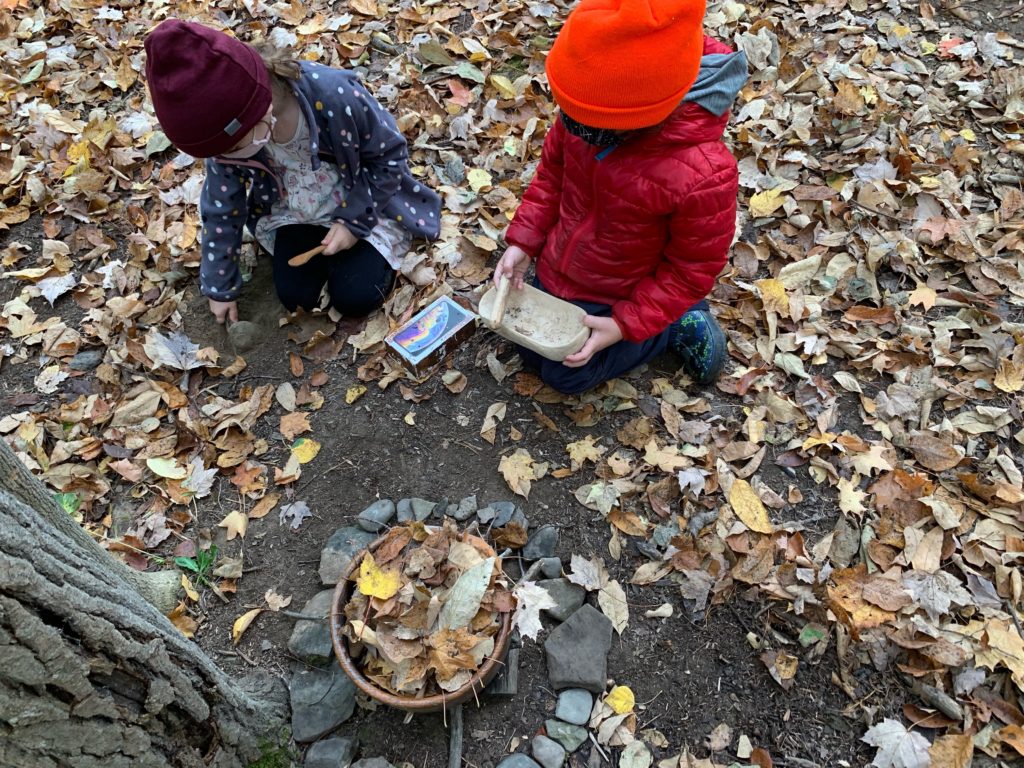
Cooking soup over a play fire and prying out a rock with a digging stick!
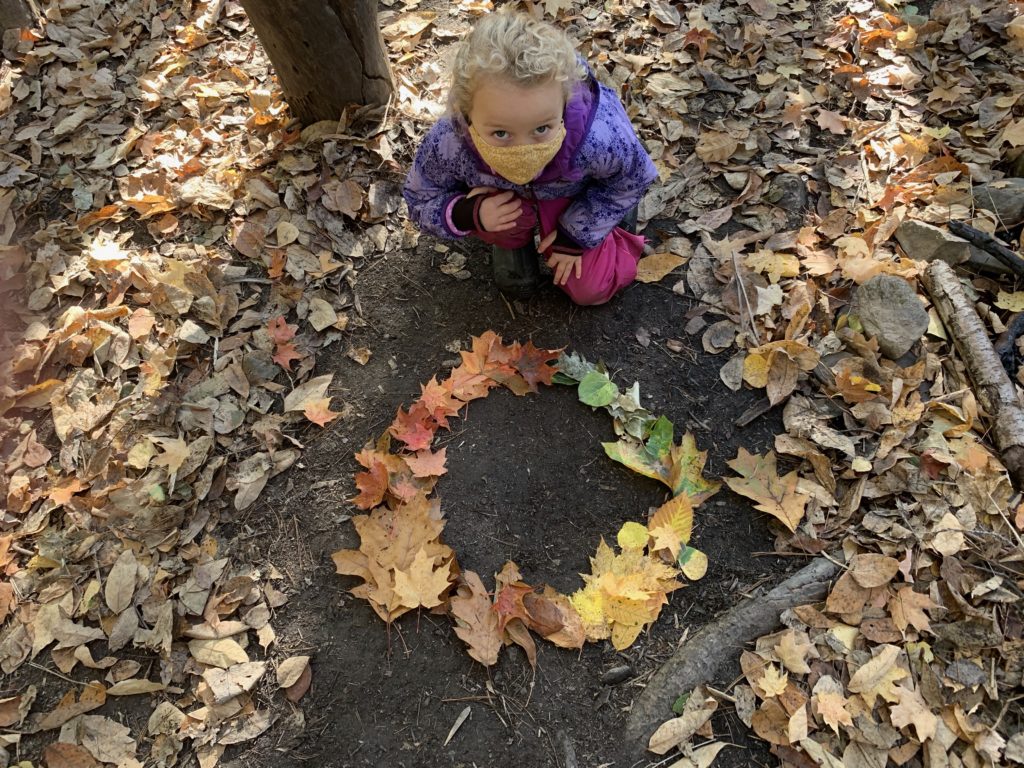
An inspiration of Elisabeth’s during free play which several Nuthatches got involved in.
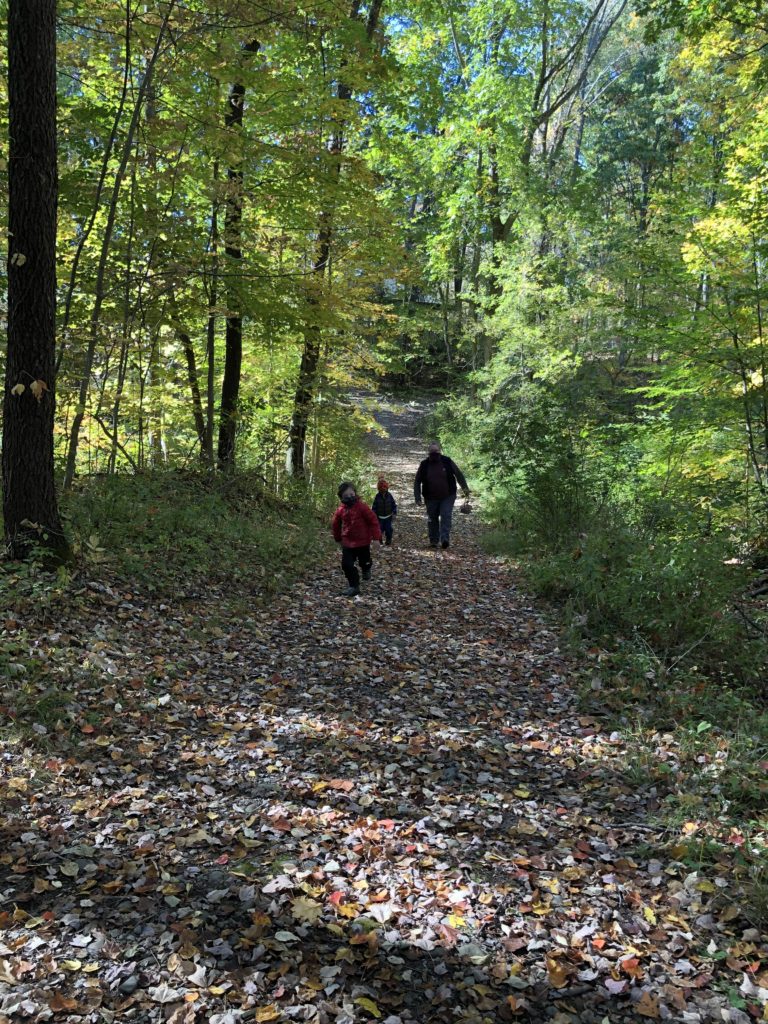
On our way to gather goldenrod in the meadow across the creek…
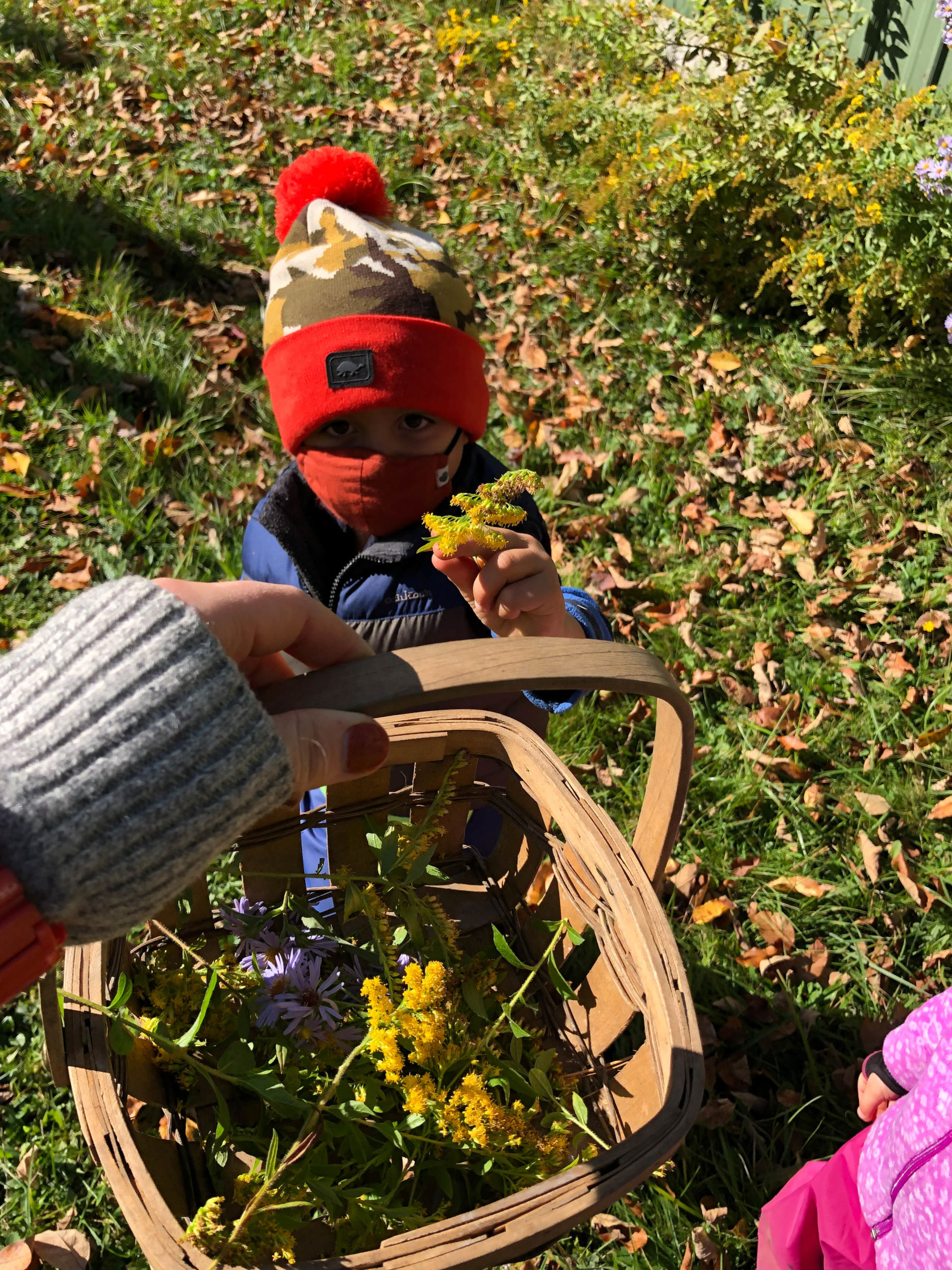
We had no idea how much, if any, we would find… so we were grateful there was enough that we could harvest what we needed and still leave plenty.
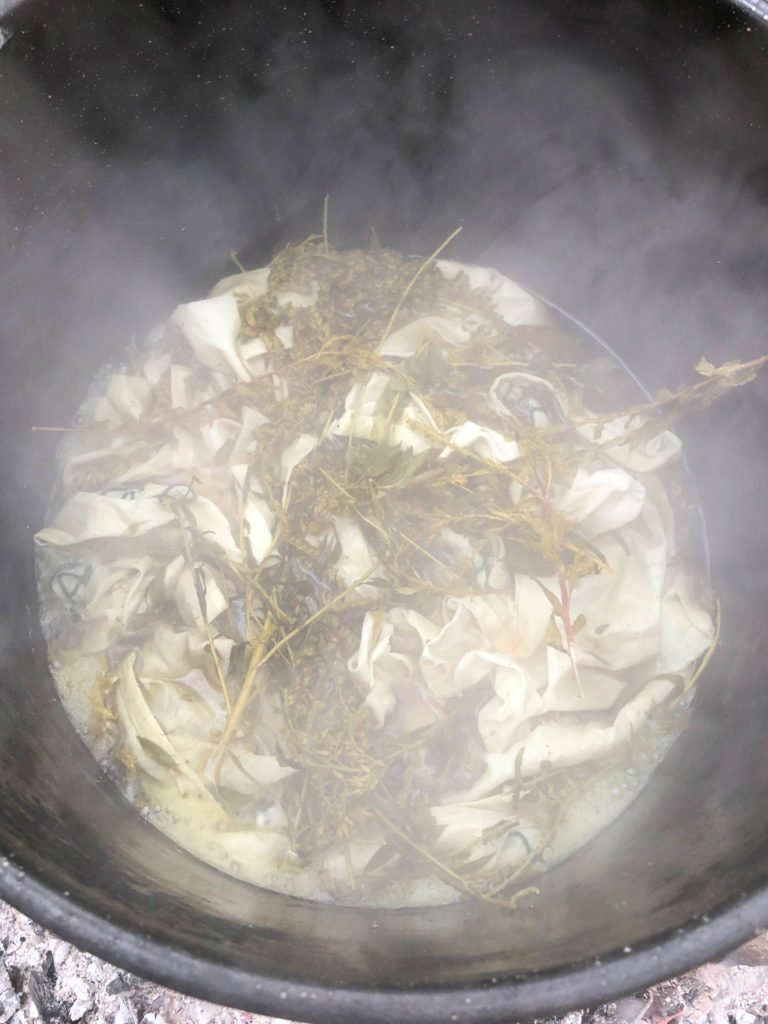
Here’s what we did with that goldenrod!
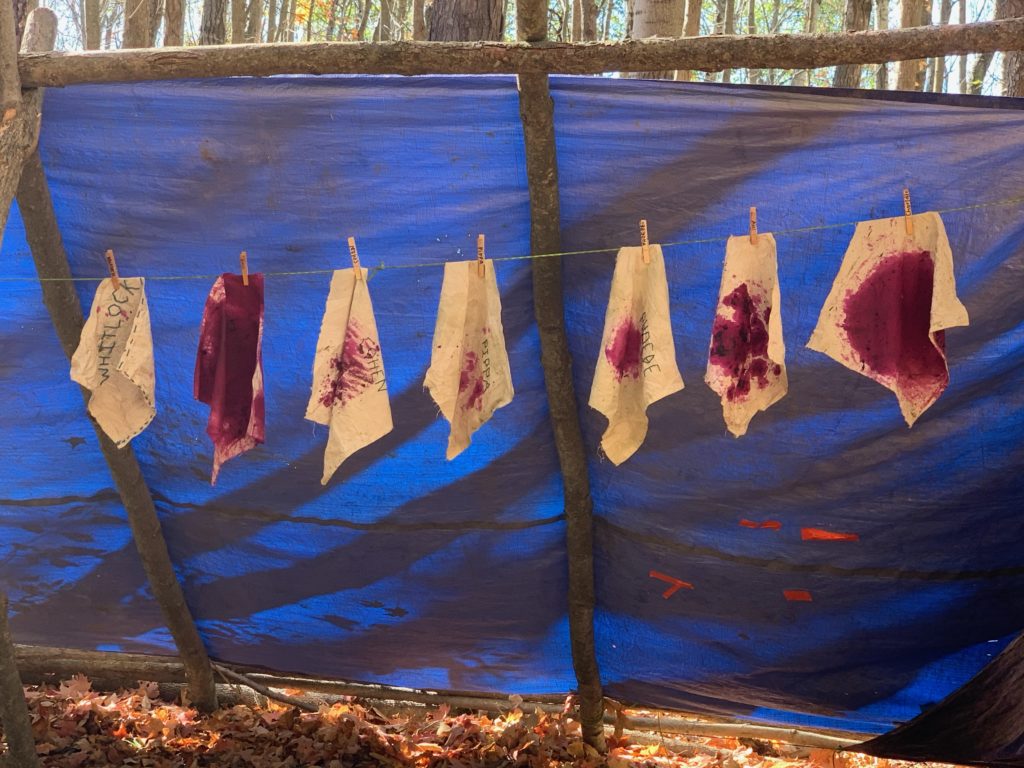
…and a couple of songs:
I Thank the Earth
I thank the earth for feeding my body
I thank the sun for warming my bones
I thank the trees for the air that I breathe
And I thank the water for nourishing my soul.
Ancestor Song
I hear the voices of my ancestors calling
They say wake up, wake up
Listen, listen now:
May the rivers all run free
May the mountains go unbroken
May the air be pure, may the trees stand tall
May the earth be shared by all.
Wishing you all light and joy as the days shorten,
Mira & Elisabeth

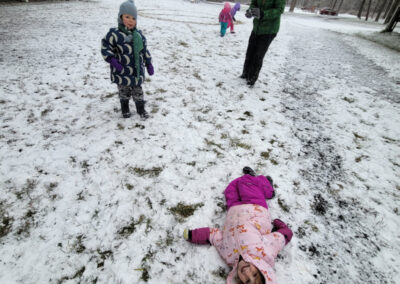
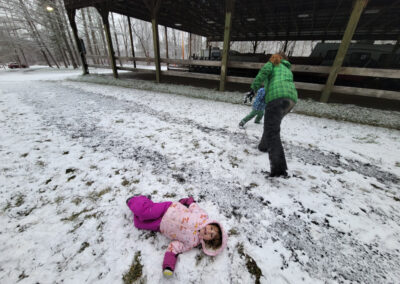
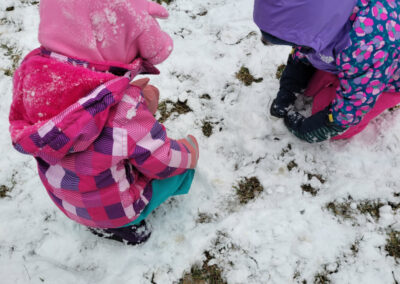

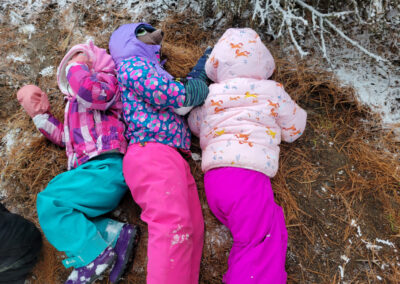
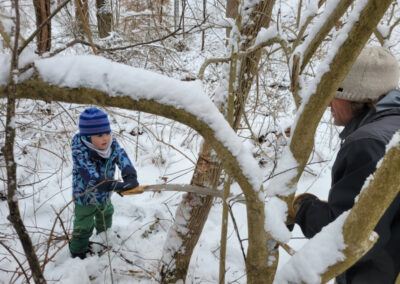
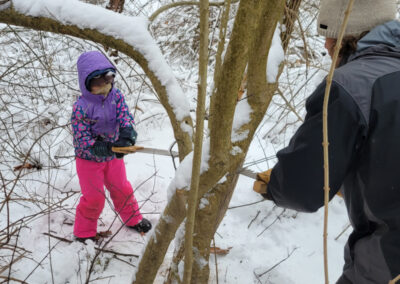
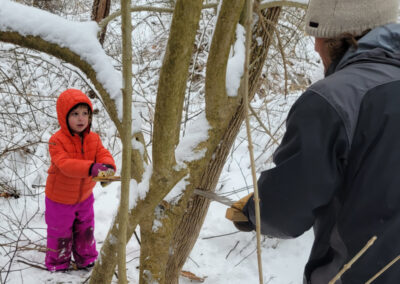
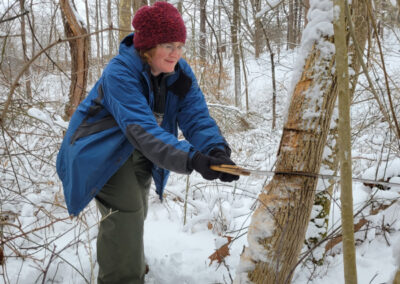
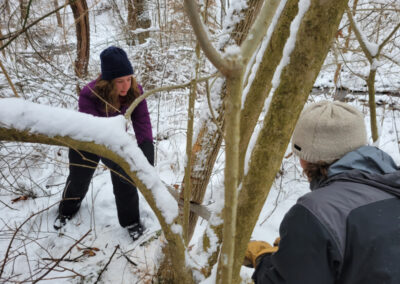
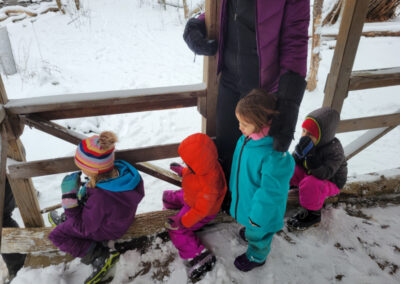
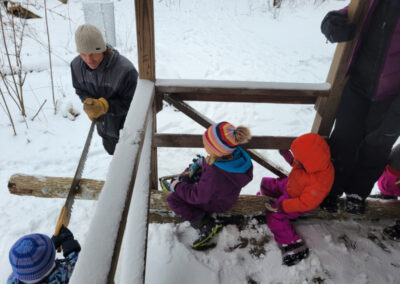
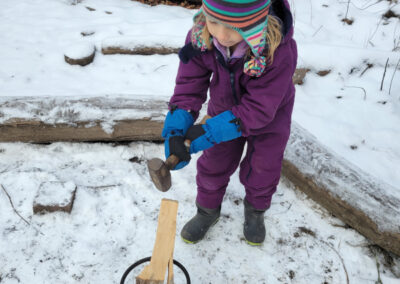
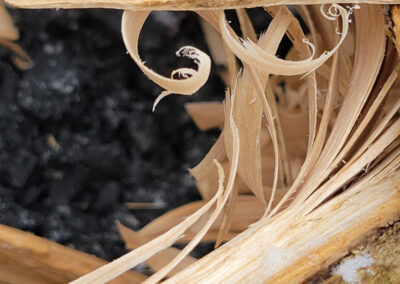

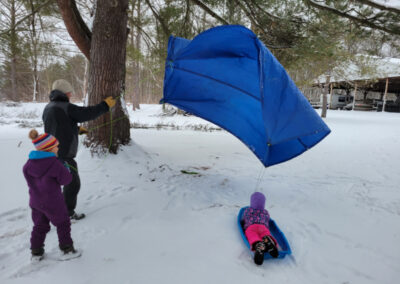
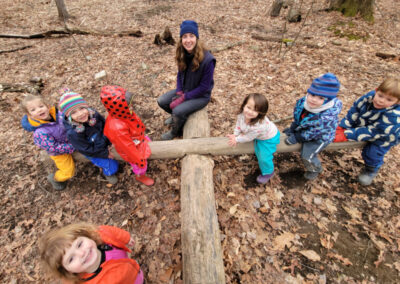
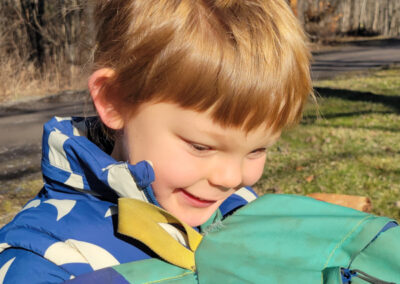

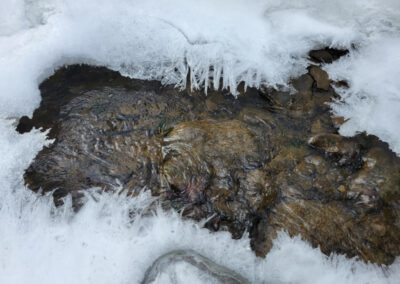
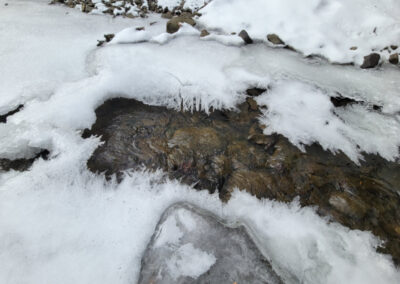
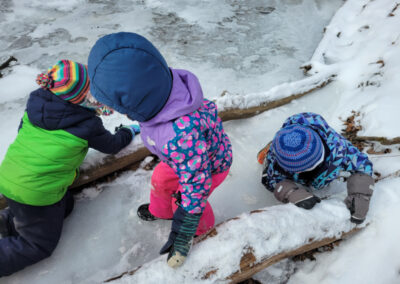
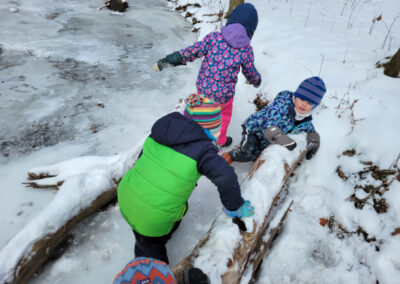
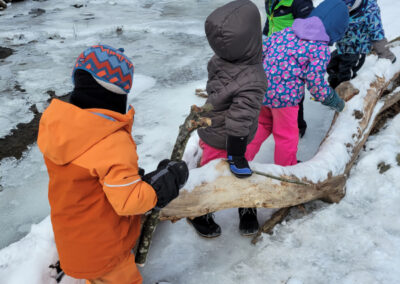
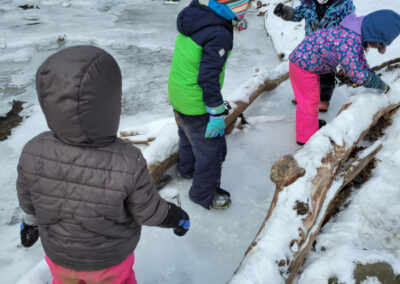
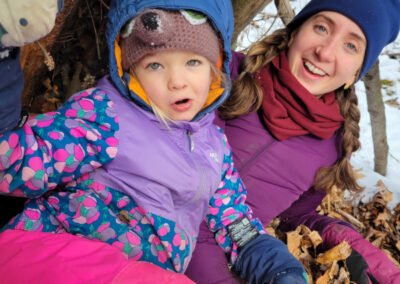
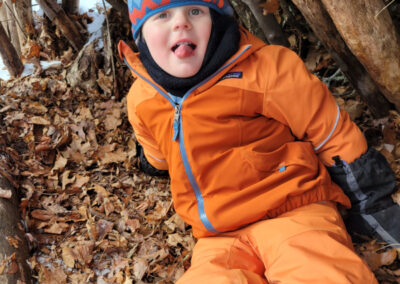
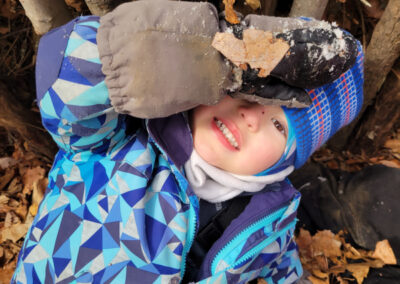
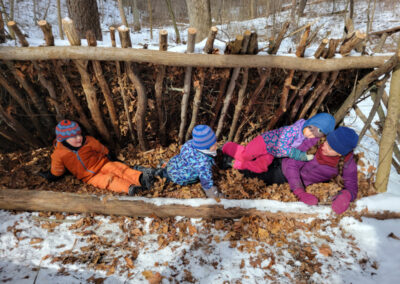
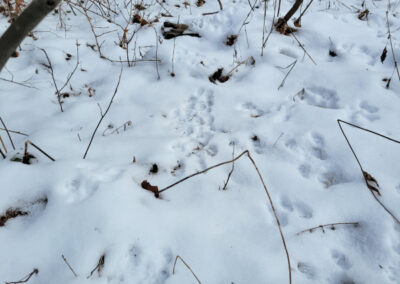
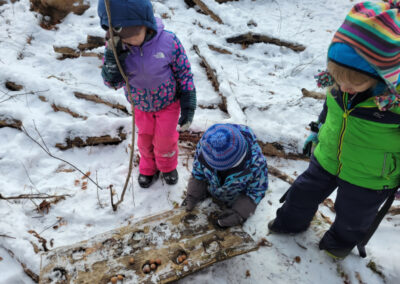
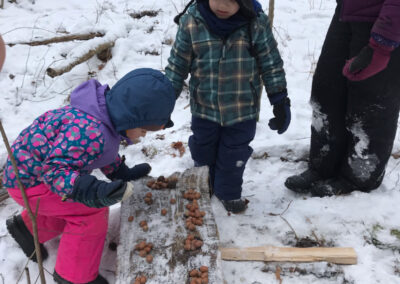
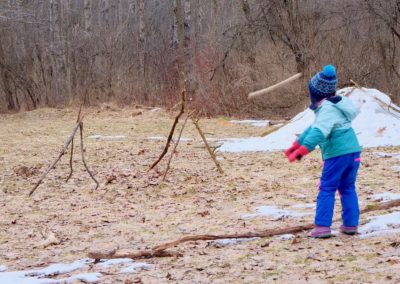
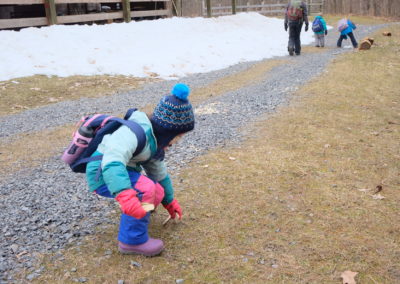
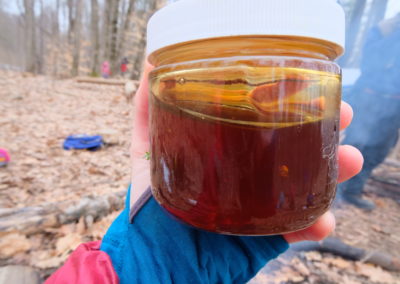

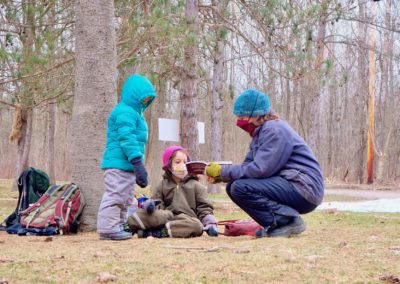
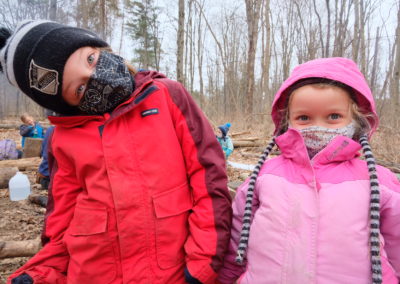
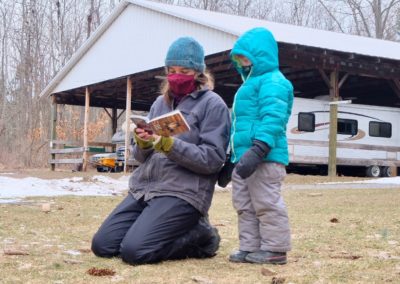
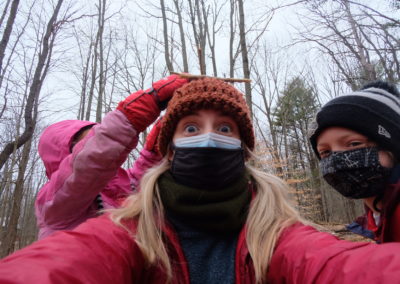
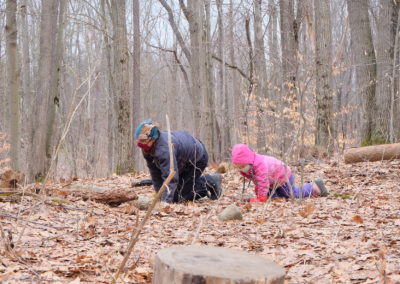

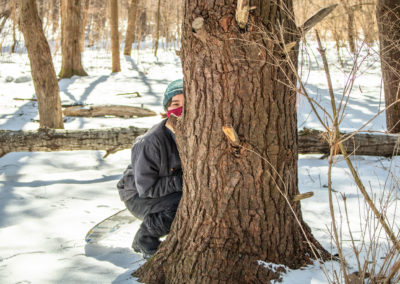
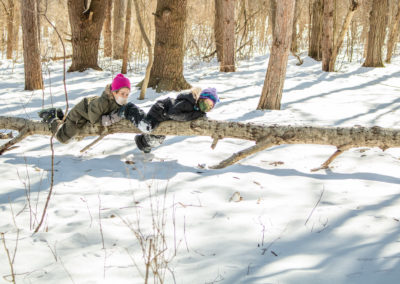
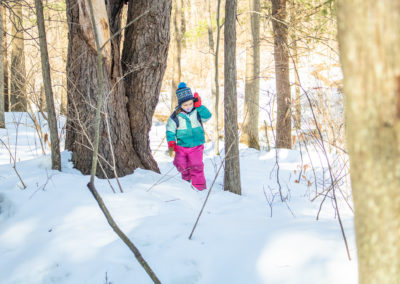
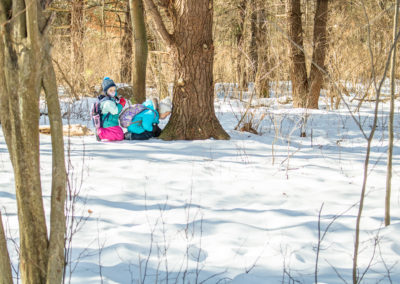
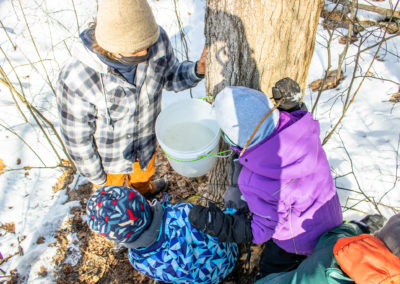
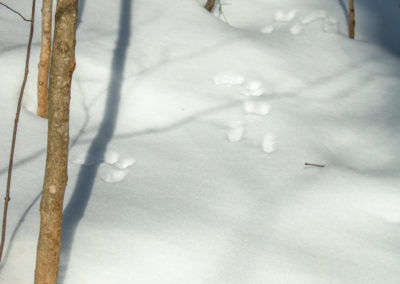
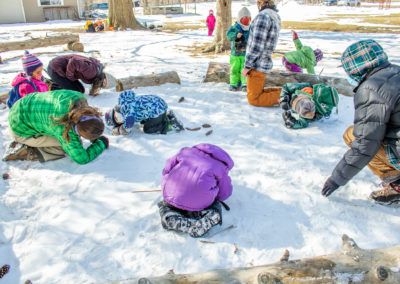

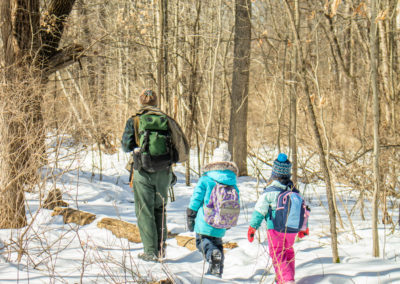
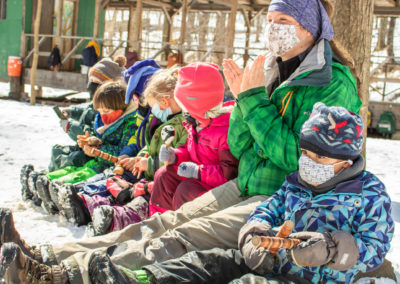
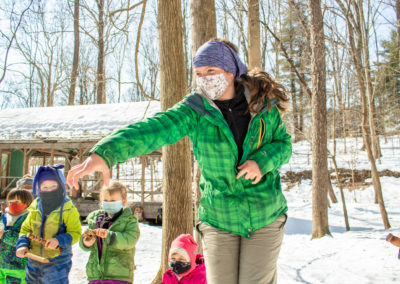
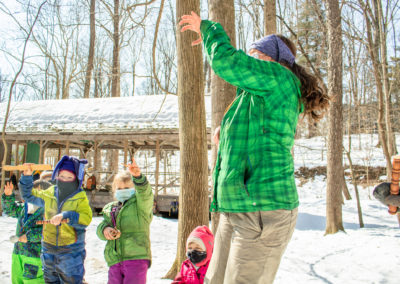
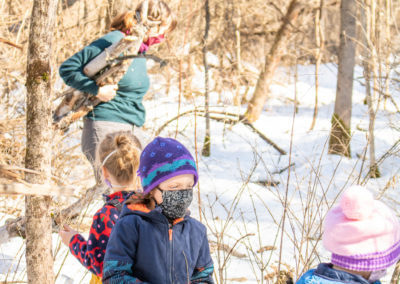
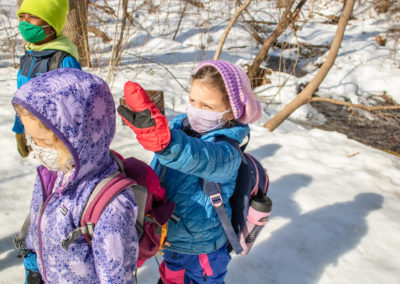


Recent Comments